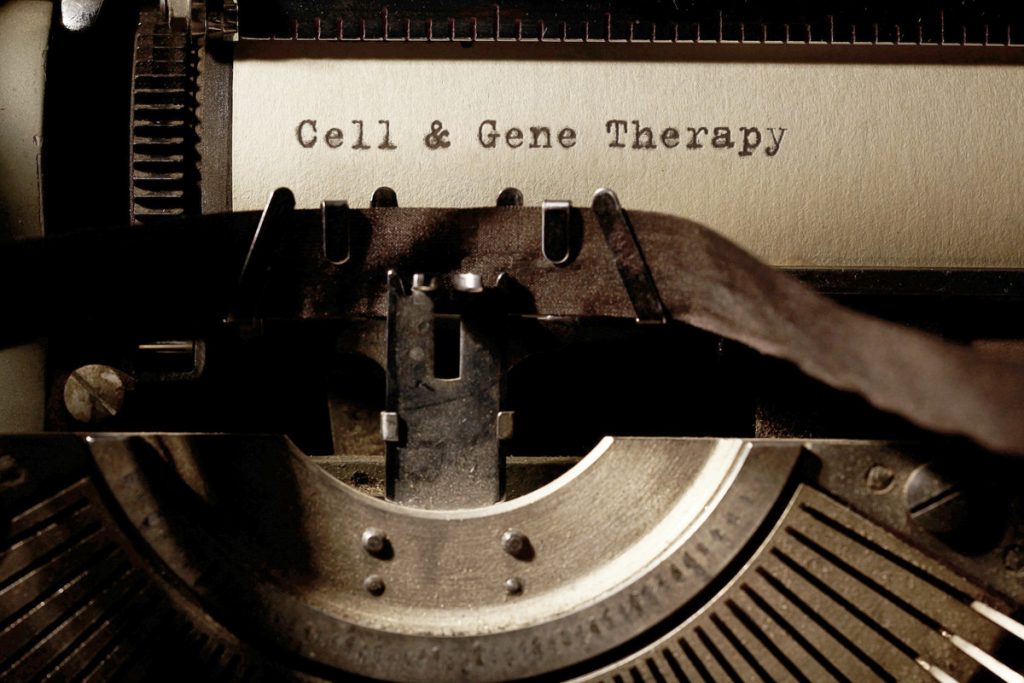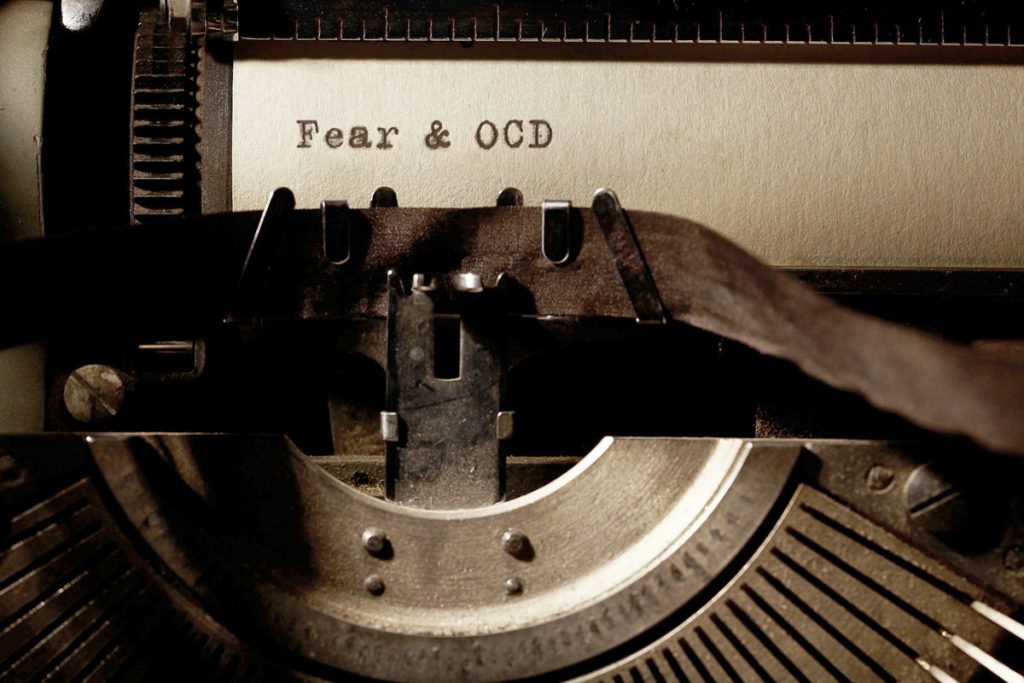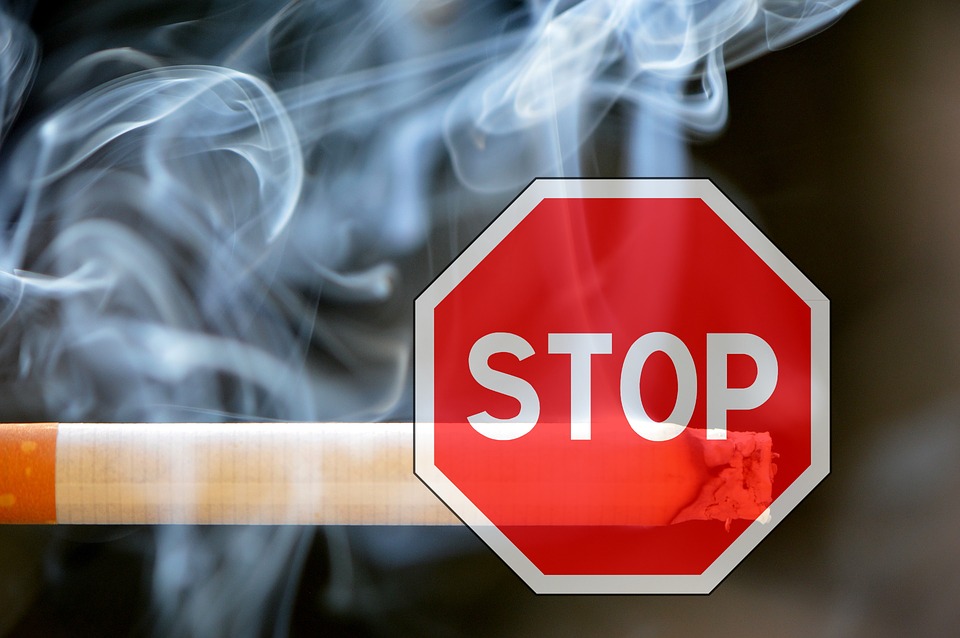
Cell & Gene Therapy AI
www.cgtai.com & www.genetherapyai.com
Contact Us To Make An Offer!
Exploring the Causes, Symptoms, Treatment and Impact of Trisomy 13 (Patau Syndrome).
Patau Syndrome, also known as Trisomy 13, is a rare genetic disorder caused by the presence of an extra copy of chromosome 13 in some or all of the body’s cells. This condition leads to severe intellectual disability and physical abnormalities, including heart defects, brain or spinal cord abnormalities, very small or poorly developed eyes, extra fingers or toes, an opening in the lip (cleft lip) with or without an opening in the roof of the mouth (cleft palate), and weak muscle tone (hypotonia).
Causes and Diagnosis
Patau Syndrome is typically not inherited but occurs as a result of random events during the formation of reproductive cells (eggs and sperm). The extra chromosome 13 disrupts normal development, causing the characteristic features of the disorder. The diagnosis can be made prenatally through screening tests like ultrasound and confirmed with genetic testing such as amniocentesis or chorionic villus sampling (CVS).
Symptoms and Complications
Infants with Patau Syndrome often have numerous and complex medical issues that affect nearly every organ system.
Common symptoms include:
- Severe intellectual disability
- Developmental delays
- Low birth weight
- Cleft lip and/or palate
- Polydactyly (extra fingers or toes)
- Microcephaly (small head size)
- Structural heart defects
- Abnormalities of the brain and spinal cord
The severity of these symptoms can vary, but the prognosis is generally poor. Many infants with Patau Syndrome do not survive past their first days or weeks of life. However, some may live for several months or even years with intensive medical care.
Recent Case Highlight
A tragic instance that brought attention to this disorder was the death of an 11-month-old baby boy, the son of a pop star, due to Patau Syndrome. This case highlighted the devastating impact of the disorder on families and underscored the need for awareness and research. The loss of this young life is a poignant reminder of the challenges faced by those affected by genetic disorders .
Pop star’s 11-month-old baby son dies of rare genetic disorder (msn.com)
Management and Support
There is no cure for Patau Syndrome, and treatment focuses on managing symptoms and providing supportive care. This may involve surgery to correct physical abnormalities, medications to manage complications, and therapies to support developmental and intellectual growth. Palliative care is often recommended to ensure the best possible quality of life.
Support for families dealing with Patau Syndrome is crucial. Genetic counseling can provide valuable information and support for parents and family members. Support groups and organizations can offer a community for affected families to share experiences and resources.
Gene and Cell Therapy: A Potential Rewrite for Chromosomes in Patau Syndrome


Patau Syndrome, or Trisomy 13, is a severe genetic disorder caused by the presence of an extra copy of chromosome 13. This leads to significant developmental and physical abnormalities, with most affected individuals not surviving beyond infancy. Traditional treatments focus on managing symptoms, but recent advances in gene and cell therapy, particularly CRISPR technology, offer new hope for potentially correcting genetic anomalies at their source.
Understanding CRISPR and Gene Therapy
CRISPR (Clustered Regularly Interspaced Short Palindromic Repeats) is a groundbreaking gene-editing tool that allows scientists to make precise changes to DNA sequences. By using an RNA molecule to guide the CRISPR-associated protein (Cas9) to a specific location in the genome, researchers can cut the DNA at that location. This enables the removal or correction of faulty genes or the insertion of new genetic material.
Gene therapy involves the introduction, removal, or alteration of genetic material within a person’s cells to treat or prevent disease. It can be performed in vivo (inside the body) or ex vivo (outside the body, with the modified cells then returned to the patient).
CRISPR’s Potential for Patau Syndrome
- Correcting Chromosomal Abnormalities: The primary challenge with Patau Syndrome is the presence of an entire extra chromosome. CRISPR technology, combined with advanced gene-editing techniques, has the potential to target and deactivate the extra chromosome selectively. While this is a complex and ambitious goal, early research in model organisms has shown promising results in editing entire chromosomes.
- Targeted Gene Editing: If deactivating the entire extra chromosome is not feasible, CRISPR could be used to correct specific problematic genes on the extra chromosome 13 that contribute to the disorder’s symptoms. This approach could mitigate some of the severe complications associated with Patau Syndrome, potentially improving the quality of life for affected individuals.
- Mosaic Trisomy Treatment: In cases where Patau Syndrome presents as mosaic trisomy (where some cells have the extra chromosome and others do not), CRISPR could be used to target and edit the affected cells selectively. This targeted approach could reduce the number of cells carrying the extra chromosome, alleviating symptoms without needing to edit every cell in the body.
Cell Therapy Approaches
Cell therapy involves the transplantation of healthy cells into a patient to replace damaged or diseased cells. For Patau Syndrome, this could involve:
- Stem Cell Therapy: Induced pluripotent stem cells (iPSCs) derived from the patient’s own cells can be genetically edited using CRISPR to correct the chromosomal anomaly. These corrected cells can then be differentiated into healthy tissues and organs.
- Gene-Corrected Hematopoietic Stem Cells: Hematopoietic stem cells (HSCs) from bone marrow can be edited to correct the genetic defect and then transplanted back into the patient. This could potentially address blood-related abnormalities and provide a systemic benefit.
Challenges and Ethical Considerations
While the potential of gene and cell therapy for treating Patau Syndrome is exciting, several challenges and ethical considerations must be addressed:
- Precision and Safety: Ensuring precise editing without off-target effects is crucial. Unintended changes in the genome could lead to new health problems.
- Delivery Mechanisms: Developing safe and effective methods to deliver the gene-editing components to the appropriate cells is essential.
- Ethical Concerns: Editing the human genome, particularly in embryos, raises ethical questions about consent, long-term effects, and potential misuse of the technology.
Current Research and Future Directions
Research in gene and cell therapy for genetic disorders is rapidly advancing. Clinical trials for CRISPR-based treatments are already underway for other genetic conditions, showing promising results. For Patau Syndrome, continued research and investment in understanding the disorder’s genetic basis and developing safe, effective gene-editing techniques are crucial.
Conclusion
Gene and cell therapy, particularly using CRISPR technology, hold significant promise for potentially treating and even curing genetic disorders like Patau Syndrome. While there are considerable challenges to overcome, the rapid pace of scientific advancement offers hope that we may one day be able to rewrite the genetic code and provide new opportunities for those affected by this devastating condition.
Patau Syndrome is a rare and serious genetic disorder that presents significant challenges for affected individuals and their families. Increased awareness, research, and supportive care are essential to improve the quality of life for those with the condition. The recent high-profile case of a pop star’s child succumbing to this disorder serves as a sobering reminder of the fragility of life and the importance of medical advancements and compassionate care in the realm of genetic disorders.














